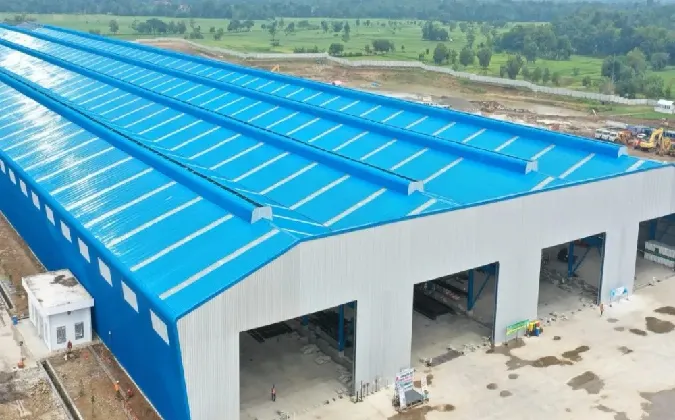- Afrikaans
- Albanian
- Amharic
- Arabic
- Armenian
- Azerbaijani
- Basque
- Belarusian
- Bengali
- Bosnian
- Bulgarian
- Catalan
- Cebuano
- Corsican
- Croatian
- Czech
- Danish
- Dutch
- English
- Esperanto
- Estonian
- Finnish
- French
- Frisian
- Galician
- Georgian
- German
- Greek
- Gujarati
- Haitian Creole
- hausa
- hawaiian
- Hebrew
- Hindi
- Miao
- Hungarian
- Icelandic
- igbo
- Indonesian
- irish
- Italian
- Japanese
- Javanese
- Kannada
- kazakh
- Khmer
- Rwandese
- Korean
- Kurdish
- Kyrgyz
- Lao
- Latin
- Latvian
- Lithuanian
- Luxembourgish
- Macedonian
- Malgashi
- Malay
- Malayalam
- Maltese
- Maori
- Marathi
- Mongolian
- Myanmar
- Nepali
- Norwegian
- Norwegian
- Occitan
- Pashto
- Persian
- Polish
- Portuguese
- Punjabi
- Romanian
- Russian
- Samoan
- Scottish Gaelic
- Serbian
- Sesotho
- Shona
- Sindhi
- Sinhala
- Slovak
- Slovenian
- Somali
- Spanish
- Sundanese
- Swahili
- Swedish
- Tagalog
- Tajik
- Tamil
- Tatar
- Telugu
- Thai
- Turkish
- Turkmen
- Ukrainian
- Urdu
- Uighur
- Uzbek
- Vietnamese
- Welsh
- Bantu
- Yiddish
- Yoruba
- Zulu
Aug . 07, 2024 19:50 Back to list
Warehouse Building Design Key Considerations for Modern Facilities
The design of warehouse buildings is a critical aspect of modern logistics and supply chain management. As businesses continue to grow and expand their operations, the demand for efficient, flexible, and productive warehouse spaces is at an all-time high. The design process involves various factors that blend functionality, safety, and sustainability, ensuring that these facilities can meet the dynamic needs of the market. Here are some key considerations when designing a warehouse building.
1. Site Selection and Layout
The first step in warehouse building design is selecting an appropriate site. Factors such as proximity to major transportation routes, accessibility for large vehicles, and local zoning laws play significant roles in this decision. Once the site is selected, the layout must be carefully planned. Efficient use of space is essential; therefore, it is crucial to consider not only the size of the warehouse but also the placement of loading docks, storage areas, and office spaces.
Designing an optimal flow for goods is fundamental. The layout should facilitate a seamless movement of products, from receiving to storage and finally to shipping. A well-organized layout minimizes the chances of bottlenecks and enhances overall efficiency.
2. Building Structure and Materials
The choice of structure and materials is paramount in warehouse design. The building should be robust enough to withstand various weather conditions while ensuring safety for employees and stored goods. Common materials include steel, concrete, and pre-engineered metal systems, which offer durability and flexibility.
Additionally, the height of the warehouse is an essential factor. Higher ceilings allow for vertical storage solutions, maximizing storage capacity and reducing the footprint required on the ground level. Including features such as high-efficiency insulation, energy-efficient windows, and proper ventilation can further enhance the building's performance.
3. Sustainability Features
In today’s environmentally conscious market, integrating sustainability into warehouse design is increasingly important. Designers and architects are exploring ways to minimize energy consumption and reduce the carbon footprint of warehouse operations. This includes the use of renewable energy sources such as solar panels, energy-efficient lighting systems, and sustainable building materials.
warehouse building design

Water conservation systems, like rainwater harvesting and greywater recycling, can also be integrated into the design. Implementing green roofs or extensive landscaping can help manage stormwater runoff and improve the building's aesthetic appeal, creating a more pleasant work environment for employees.
4. Technology Integration
The rise of technology in warehouse operations cannot be overlooked. Modern warehouses increasingly incorporate automation and smart technology to optimize processes. This includes automated sorting systems, robotics for picking and packing, and advanced inventory management systems.
Designing spaces that accommodate technology is essential. This might involve creating designated areas for automated systems, ensuring adequate power supply and data connectivity, and incorporating flexibility in the design to allow for future upgrades as technology evolves.
5. Safety and Compliance
Safety should always be a top priority in warehouse design. Compliance with local safety regulations and standards is essential to protect employees and assets. Considerations include fire safety systems, proper lighting, emergency exits, and sufficient space for the movement of personnel and equipment.
Incorporating ergonomic design principles can also enhance safety and productivity. For example, designing workspaces that minimize repetitive strain injuries or ensuring that equipment is easily accessible can improve overall employee satisfaction and efficiency.
Conclusion
Effective warehouse building design is crucial for optimizing logistics and supply chain operations. By carefully considering site selection, structural integrity, sustainability features, technology integration, and safety compliance, businesses can create facilities that not only meet current demands but also adapt to future challenges. As the logistics landscape continues to evolve, innovative warehouse designs will play a significant role in maintaining competitiveness and operational efficiency.
-
Steel Frame Factory with Insulated Roof Panels
NewsAug.14,2025
-
Prefab Metal Building with Insulation Package Options
NewsAug.14,2025
-
Industrial Steel Sheds for Temporary Workshop Use
NewsAug.14,2025
-
Metal Workshops Featuring Corrugated Steel Roofs
NewsAug.14,2025
-
Modular Steel Frame Excellence: Our Pursuit of Perfection
NewsAug.14,2025
-
Metal Garage Kits Crafted with Customer Satisfaction at Heart
NewsAug.14,2025
Products categories
Our Latest News
We have a professional design team and an excellent production and construction team.












